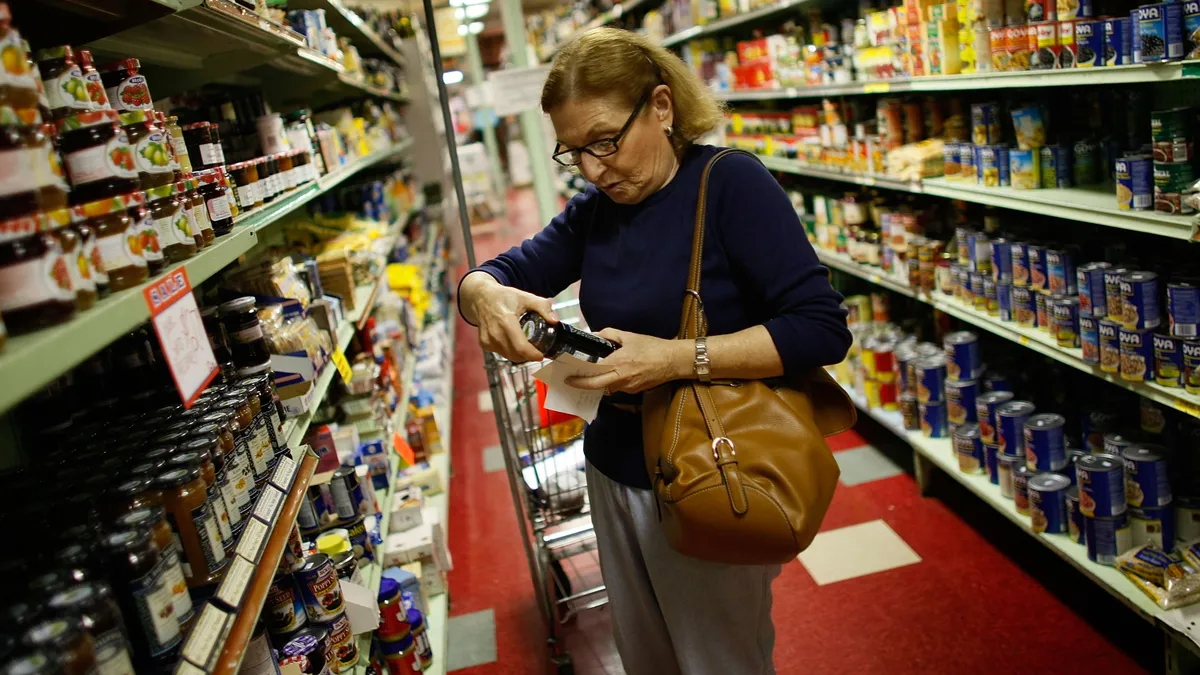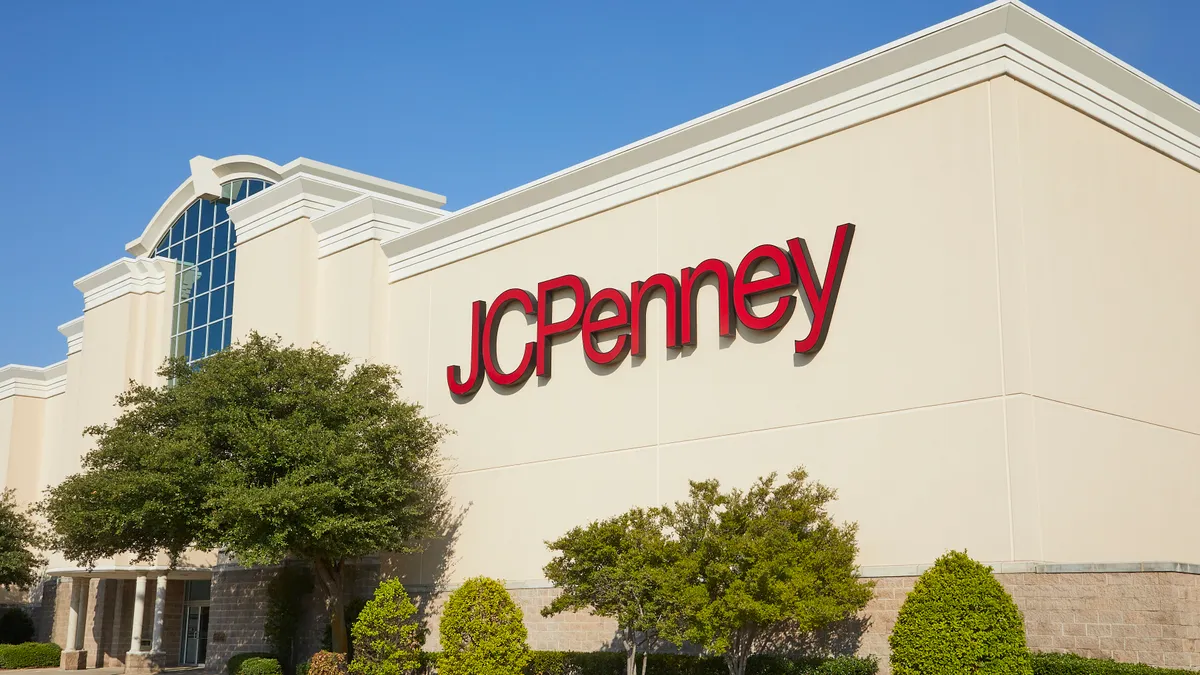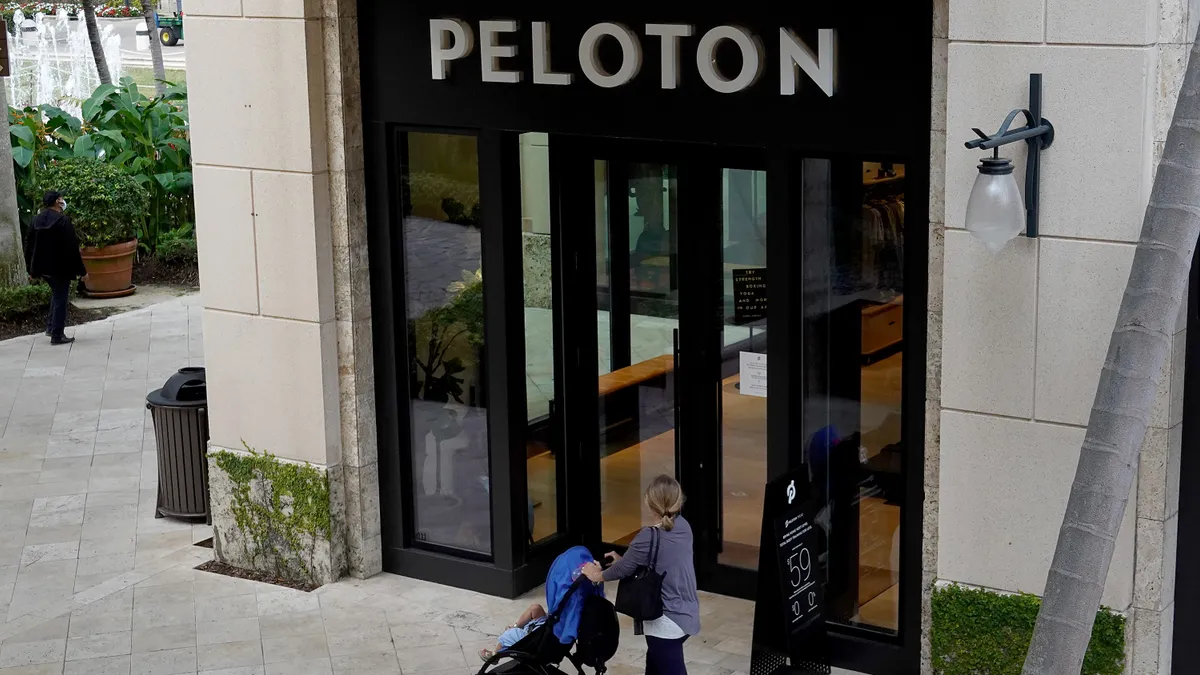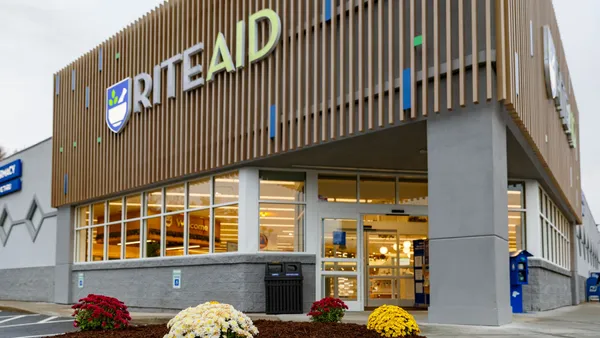Editor's note: The following is a guest post from Katie Thomas. Thomas leads the Kearney Consumer Institute, a retail think tank at global strategy and management consultant firm Kearney. She can be reached at [email protected]. Views are the author's own.
Convenience has become the main attraction of modern retail marketing. The problem is that while everybody talks about it, nobody bothers to define it — especially in the variety of ways consumers do — and that can cost dearly. It's time "convenience" — perhaps retailing's most sacred cow — was quietly led away to the slaughterhouse of cliched ideas, along with the rest of the herd of buzzwords and marketing myths that separate our idea of an abstract consumer from the real-life people who buy our products and services.
It's not that convenience doesn't exist, or that it isn't important. It's more that we've never attempted to define it from a consumer point of view. Too often, we talk about convenience exclusively in branding terms — a nebulous abstraction somehow tied to an undefined mixture of ease of purchase and speed of location, transaction, and delivery.
In an attempt to find a more satisfactory (and accurate) definition, the Kearney Consumer Institute polled consumers to see how they defined convenience. What we found was that considering convenience in isolation, rather than as part of the full brand experience as lived by a unique individual consumer at a specific time, is a common and potentially fatal mistake.
The truth is consumers are more than willing to go out of their way for their favorite products. In fact, they regularly do just that.
Consumers are clearly willing to be inconvenienced, as long as it's on their terms. This is true even in the case of "everyday" products, where we often make the mistake of thinking that time-strapped consumers are more willing to trade off a convenient purchase for time. For example, 30% of respondents said they were willing go out of their way for food groceries. As one respondent told us, "I have a store preference that is cleaner and has better selections than ones that are closest to me. Their prices are also better." Another shopper said, "I want the freshest vegetables I can get and I'll drive to the store for them." On a personal note, I can attest to driving an extra ten minutes for my favorite snacks.
Beyond everyday purchases, 50% of our survey respondents prefer physical stores when shopping for their favorite clothing brands, despite the common assumption that consumers see online shopping as easier. And 30% of respondents are willing to wait for an order of a specific furniture item, or marble countertop, if it's more in line with their aesthetic, rather than buying what's in stock.
It turns out consumers have a far more elastic sense of time than we generally give them credit for. Consider that waiting 20 minutes to order fast food is generally unacceptable, while waiting the same 20 minutes to sit down in a four-star restaurant is perceived as no wait at all. There's actually science to support and explain this. MIT Professor Richard Larsen developed two models — the Queue Inference Engine and the Hypercube Queuing Model — to explain what makes line times so elastic.
Larsen, also known as "Dr. Q," believes the key to making time elastic — and therefore reducing frustration and what he calls "queue rage" — is that consumers need to be able to believe their patience in putting up with a delay will pay off. Time trade-offs become easier when there are signs of hope — specific reminders that the extra time required to complete a task won't go on forever. To consumers, time is adaptable to their perception, a principle Disney exploited in its cutback-style rope lines, which make consumers think they are closer to entering a ride or exhibit than they actually are.
Survey participants clearly thought of convenience as much more than speed or geographic proximity, including behaviors we might typically view as "service" or simply getting the help they needed. Consider what one survey respondent shared with us: "I realized my shopping cart was too small. I proceeded to look for a larger cart but was not successful. While shifting my purchased products in the cart, an associate saw my dilemma and brought a larger cart. She then placed my merchandise from the small cart to the larger one. At checkout, one of the items was priced higher than advertised on the shelf. The associate notified a manager, who promptly adjusted the price to what was shelf-advertised. Upon placing purchased items in my car, I was pleasantly surprised to see the associate approaching me to retrieve the cart. I consider this experience to epitomize shopping convenience."
This sense of consumers' time elasticity reorganizes convenience around three principles:
Access: Sellers have to have what consumers want, offered in a way they can get it.
Interface: The simpler, more intuitive, and frictionless a seller can make a transaction, the better.
Expectations: Offerings should be clearly differentiated and of high value in the consumer's mind.
The combination of these elements defines time elasticity and, ultimately, how consumers define convenience. The challenge is that all consumers don't make the same tradeoffs for the same products. Nor do they feel the same about what truly differentiates a brand or experience.
If convenience is defined as speed and ease, understanding consumer convenience can be achieved by understanding how consumers assign value to time, and how willing they are to be inconvenienced.
This poses the question: How do brands better calculate and accommodate consumers' time elasticity?
Talking to consumers and analyzing their relationship with a brand is a critical first step. Consider what they are willing to wait for, willing to travel to a second or third store to get, or how truly special they believe a product is. Many luxury and exclusive items are relatively time inelastic. Consumers are willing to wait for them due to the limited nature of the products; for more commoditized goods, consumers will not be willing to stretch as far to accommodate the transaction.
Addressing time elasticity enables brands to move away from trying to address generic time-related pain points. Delivery is a great example. While many organizations are trying to get products to consumers as fast as possible, more inelastic products likely have more wiggle room. In these cases, customer service improvements may be better than shaving a day or two off of delivery times.
Convenience stores themselves are on the leading edge of better optimizing access and interface. While historically known for speed and standardized assortments, many convenience chains were early adopters of touch screen ordering, menu customization and fast, healthy options. They redefined speed by automating what they could without sacrificing consumer priorities.
Finally, technological tools exist to take some of the guesswork out of determining optimum time elasticity. And remember, high quality, qualitative input gleaned from direct communication with consumers is always worth more than mountains of generic quantitative data.





















